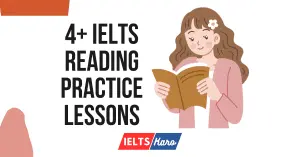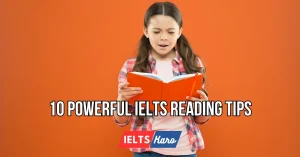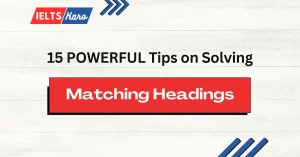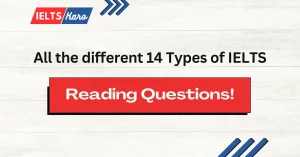4 True False Not Given IELTS Reading Practice: Exercises and Answers with Explanations
Understanding True, False, Not Given Questions
The True, False, Not Given (TFNG) question type in the IELTS Reading section can be challenging. In these questions, you are presented with statements and must determine if they are true, false, or not given based on the information in the passage.
- True: The statement agrees with the information in the passage.
- False: The statement contradicts the information in the passage.
- Not Given: The statement’s information is not found in the passage.
To know more about how to solve these types of questions, visit True False Not Given Reading Tips
True False Not Given TFNG Reading Exercise 1
Let’s practice with different passage and a set of statements. Read the passage carefully before answering the questions.
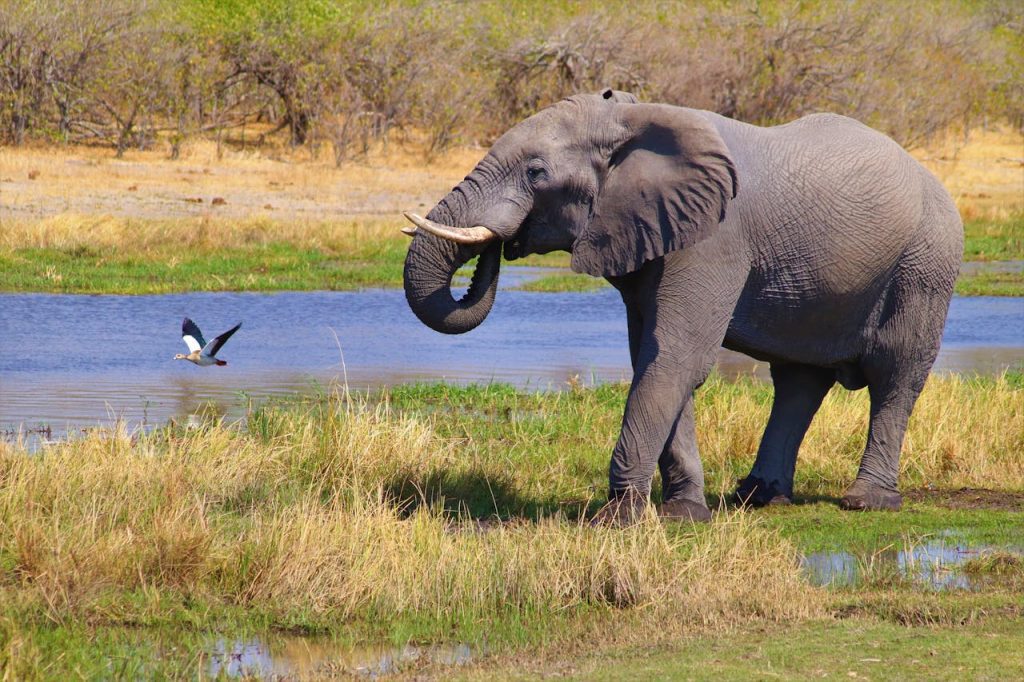
Passage – Wildlife Conservation Efforts in Africa
Africa is home to a diverse range of wildlife species, many of which are endangered due to habitat loss, poaching, and climate change. Conservation efforts have been underway for decades, focusing on protecting habitats, anti-poaching measures, and promoting sustainable tourism. Organizations like the World Wildlife Fund (WWF) and African Wildlife Foundation (AWF) work tirelessly to ensure the survival of these species. Success stories include the increase in the population of mountain gorillas. However, challenges remain, especially with the illegal ivory trade that continues to threaten elephant populations.
Statements
- Many wildlife species in Africa are on the verge of extinction because of poaching.
- The World Wildlife Fund is the only organization working for wildlife conservation in Africa.
- Mountain gorilla populations have increased in Uganda.
- The illegal ivory trade has been completely eradicated in Africa.
Answers and Explanations
Click to Reveal the Answers and Explanation
1. True. Extinction means the same thing as endangered, hence, the answer is True.
2. False. The passage mentions both the World Wildlife Fund (WWF) and the African Wildlife Foundation (AWF) as organizations working on conservation efforts, thus contradicting the statement that WWF is the only one.
3. Not Given. There is no mention of a population increase in Uganda, hence NOT GIVEN.
4. False. No, because it still continues to threaten the elephant population. Hence, FALSE.
Let us know in the comments your answers.
True False Not Given TFNG Reading Exercise 2

Passage – Reduction in Carbon Emissions
The nation is grappling with the intensifying consequences of global warming. In response to this pressing crisis, the government has unveiled a comprehensive carbon reduction policy aimed at mitigating the detrimental impacts of climate change. This ambitious plan seeks to halve carbon emissions within the next decade, a target deemed challenging yet attainable. To achieve this goal, the government is committed to substantial investments in renewable energy infrastructure and the promotion of energy efficiency measures across various sectors of the economy.
Statements
- The new policy aims to reduce carbon emissions by 75%.
- The target is considered achievable by experts.
- The government plans to reduce energy consumption.
Click to reveal the Answers and Explanation
- False. The passage states the target is 50%, not 75%.
- Not Given. The passage does not mention experts’ opinions.
- Not Given. The passage mentions increasing energy efficiency, not reducing energy consumption.
True False Not Given TFNG Reading Exercise 3
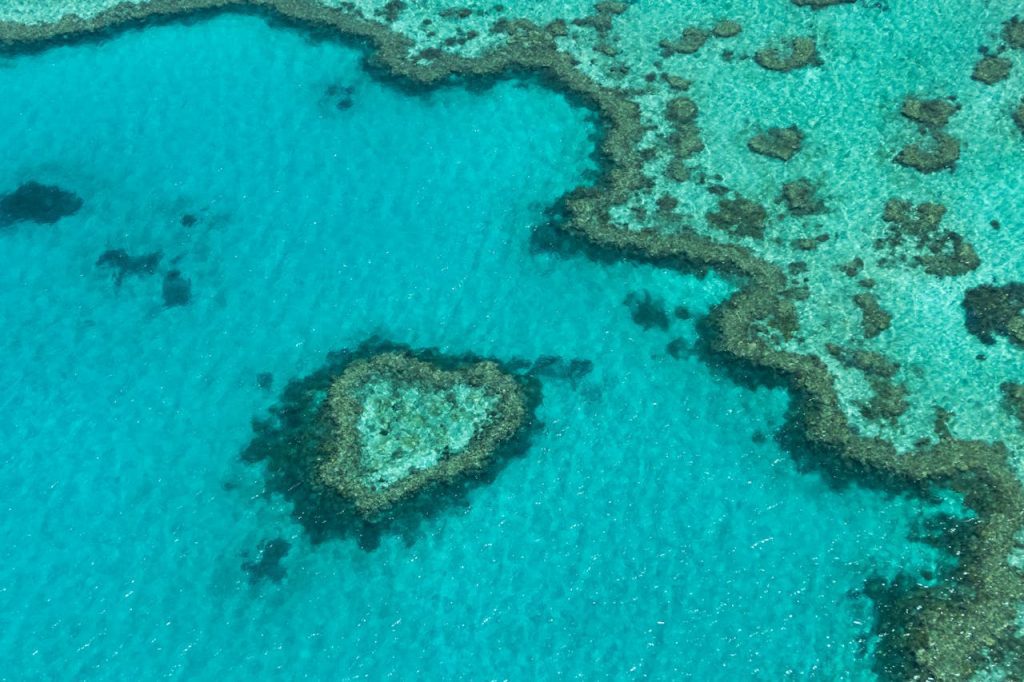
Passage – The Great Barrier Reef
The Great Barrier Reef is one of the most biologically diverse ecosystems on the planet, stretching over 2,300 kilometers off the coast of Queensland, Australia. It is composed of more than 2,900 individual reefs, 900 islands, and countless coral cays, making it the world’s largest coral reef system. The reef system is home to an incredible array of marine life, including over 1,500 species of fish, 600 species of coral, and many other creatures such as sharks, rays, turtles, and dolphins.
The Great Barrier Reef has been formed over millions of years through a process of coral growth and erosion. Coral polyps, tiny animals that secrete a hard, calcium carbonate exoskeleton, settle on the sea floor and grow upwards towards the sunlight. As the coral grows, it forms a hard, rocky structure that provides a habitat for countless other species. Over time, the coral is eroded by waves and currents, creating a complex landscape of reefs, channels, and islands.
Despite its importance, the Great Barrier Reef faces significant threats from human activities. Climate change is causing rising sea temperatures, which can lead to coral bleaching and reduced coral growth. Pollution from land-based activities, such as fertilizers and sediments, can also damage the reef and its inhabitants. Overfishing and destructive fishing practices can deplete key species and damage the delicate balance of the ecosystem.
In recent years, efforts have been made to protect and conserve the Great Barrier Reef. The Australian government has established a number of marine protected areas, which provide a safe haven for marine life to thrive. Conservation organizations are working to reduce pollution and promote sustainable fishing practices. However, more needs to be done to address the scale and complexity of the threats facing the reef.
Statements
- The Great Barrier Reef is located off the coast of New South Wales, Australia.
- The Great Barrier Reef is home to over 1,000 species of fish.
- There are more than 500 coral cays in the Great Barrier Reef system?
- The Great Barrier Reef was transformed through a long and natural method of erosion and coral growth.
- Climate change is not a danger to the Great Barrier Reef.
- World Barrier Protection Organization is working to reduce pollution and promote sustainable fishing practices.
Click to reveal the Answers and Explanations
- FALSE. The passage states it is located off the coast of Queensland, Australia.
- FALSE. The passage states it is home to over 1,500 species of fish.
- NOT GIVEN. The passage mentions “countless coral cays” but does not provide an exact number.
- TRUE. The passage explains this process in detail.
- FALSE. The passage mentions climate change as a significant threat.
- NOT GIVEN. The passage mentions “conservation organizations” but does not provide a specific name.
True False Not Given TFNG Reading Exercise 4
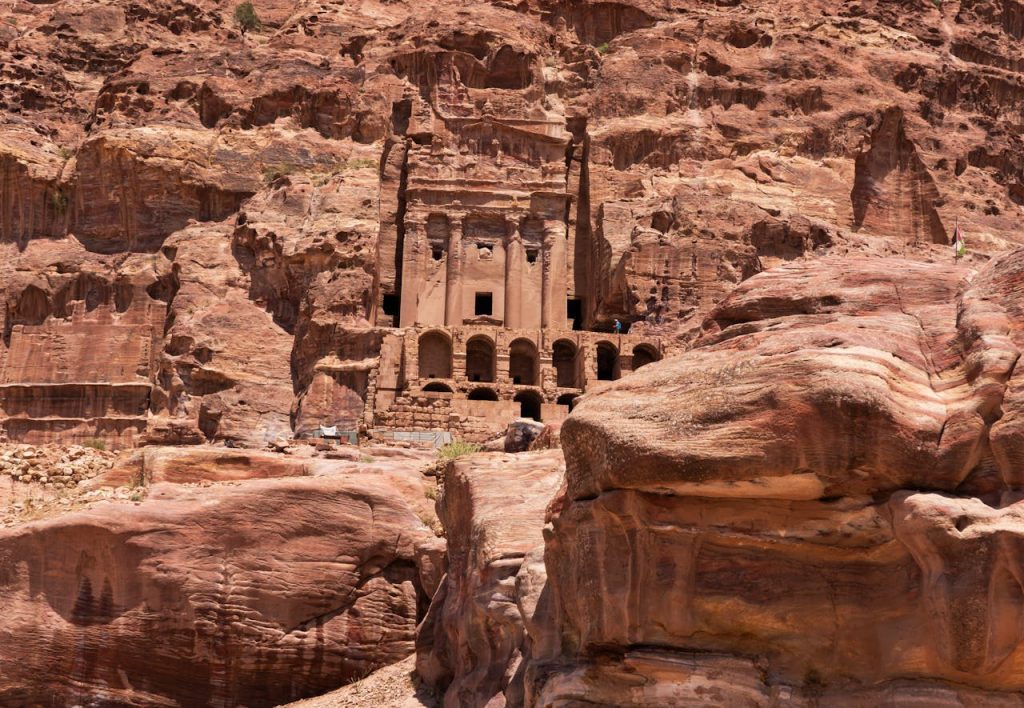
Passage
The ancient city of Petra in Jordan is famous for its rock-cut architecture and stunning natural surroundings. Petra was once the capital of the Nabataean Kingdom, which flourished in the 1st century BC. The city’s location allowed it to control the trade routes between Arabia, Egypt, and Syria. Petra’s intricate temples, tombs, and monuments were carved into the sandstone cliffs over 2,000 years ago.
In the 4th century AD, Petra began to decline as the Roman Empire took control of the region. The city was eventually abandoned and remained hidden for centuries, until its rediscovery in the 19th century. Today, Petra is a UNESCO World Heritage Site and a popular tourist destination.
Despite its popularity, Petra faces significant challenges in preserving its ancient structures. The site is vulnerable to erosion, flash floods, and damage from tourists. Efforts are being made to conserve the site, including the construction of a new visitor center and restrictions on tourist numbers.
We plan on adding more IELTS Reading Practice Exercises to help you with your Reading module. In the meantime, feel free to visit IELTS.ORG for more information on the IELTS Reading.
Statements
- Petra is located in Egypt.
- The Nabataean Kingdom rose to prominence in the 1st century AD.
- Petra was an important hub for trade and business.
- The Roman Empire helped to preserve Petra.
- Tourism has had no impact on Petra’s preservation.
Click to reveal the Answers and Explanations
- FALSE. According to the passage, Petra is located in Jordan.
- FALSE. The Nabataean Kingdom rose to prominence in the 1st century BC, not AD.
- TRUE. Petra was an important center for trade.
- FALSE. According to the passage, Petra began to decline under Roman control.
- FALSE. According to the passage, tourism has contributed to erosion and damage.

